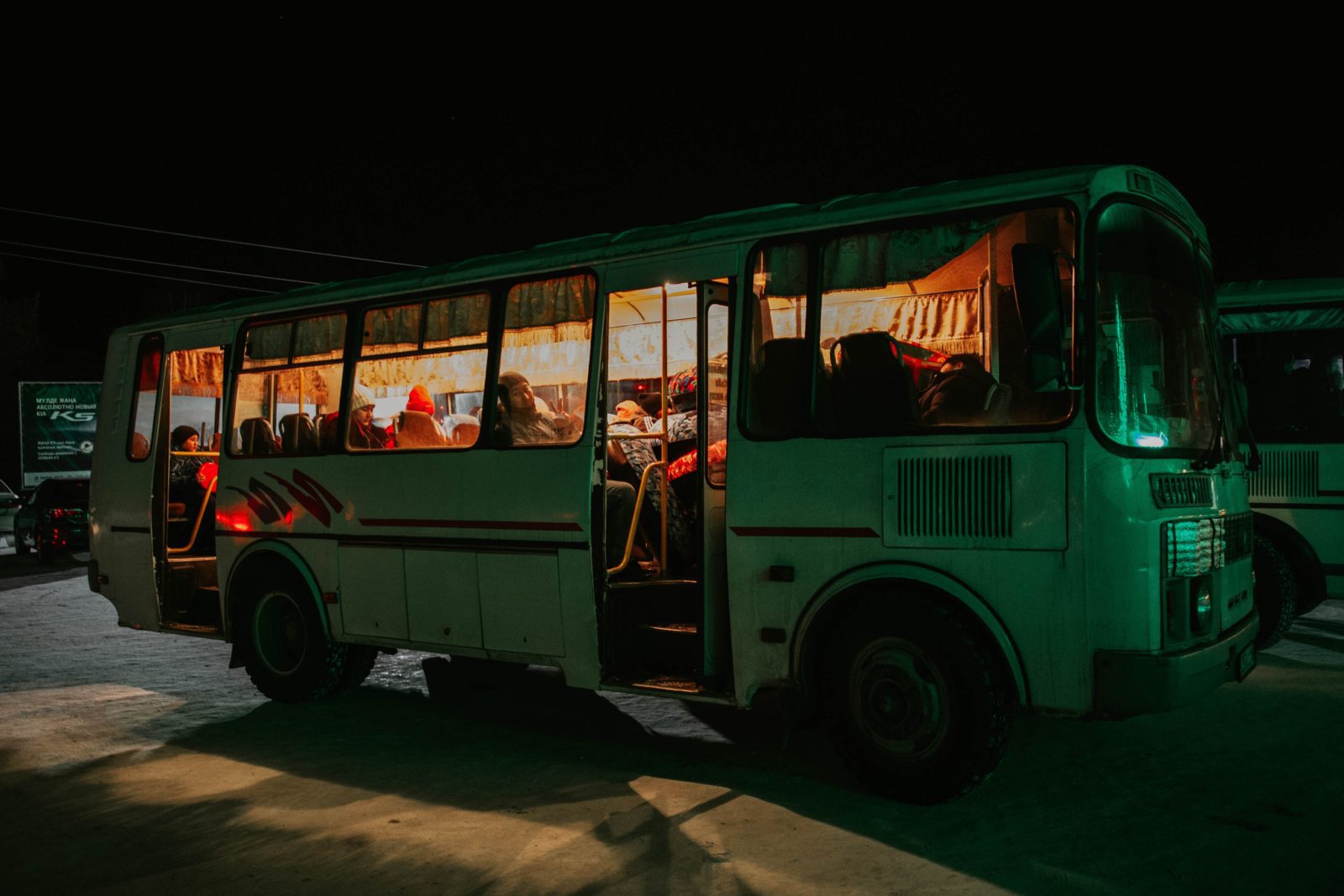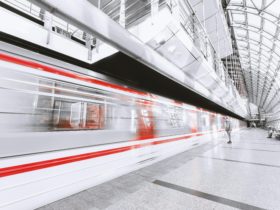Public transit fares in the Czech Republic are witnessing an increase in some cities, with increases reaching up to 400 crowns in places like Ostrava. These price changes present a new challenge for local commuters who depend on these services for daily transportation.
The fare changes vary from city to city. In some cities, local councils have taken steps to alleviate the residents’ financial burden by bearing the operation costs from the municipal budget. However, in other towns, passengers must pay up to 30 crowns for a single ride, and annual coupons can cost nearly five thousand crowns. These added expenses can strain families financially when combined with other living expenses.
Despite the fare hikes, prices have remained unchanged for the current year in most places, staying at last year’s levels. For example, travel around Prague may not be the cheapest, but it boasts a dense network of routes and a high frequency of services. A basic single ticket for 30 minutes costs 30 crowns, and with a 40-crown ticket, you can travel around the capital for an hour and a half.
Ostrava, on the other hand, has seen some of the highest fare hikes. The cost of annual coupons has increased by 400 crowns, and monthly passes have seen a 50 crown increase. Even short-term tickets have seen a price change and adjusted validity period.
Interestingly, some cities like Mladá Boleslav offer significantly discounted annual coupons, which benefit residents. Despite the basic fare of 24 crowns or a monthly coupon for 640 crowns being pricier, a yearly subscription here is only one thousand crowns.
Some cities have adopted a different approach, offering free travel to attract more passengers and alleviate road congestion. Cities like Kolín and Benešov have made public transportation completely free. This strategy aims to reduce individual car use and encourage the use of public transport.
The fare hikes and their implications on the daily lives of commuters are a crucial issue that needs to be addressed. As cities balance providing affordable public transit and managing operational costs, the impact on the commuters who rely on these services cannot be overlooked.






